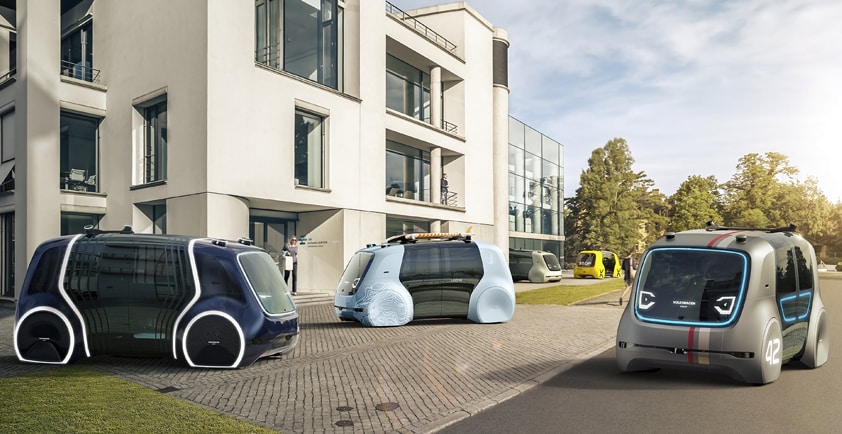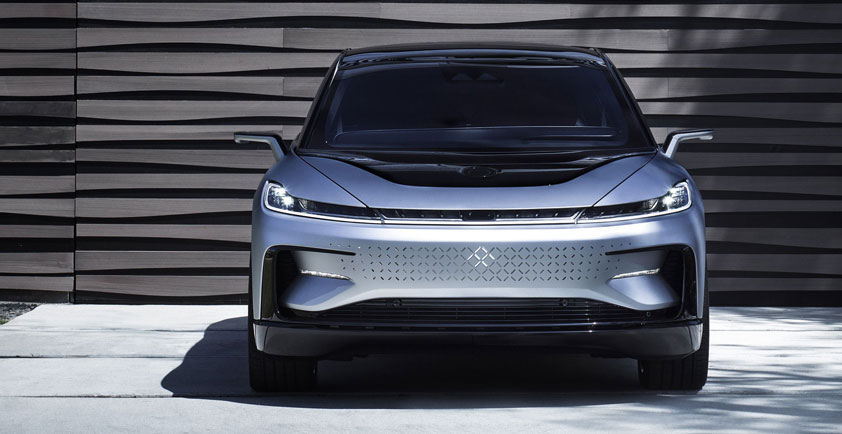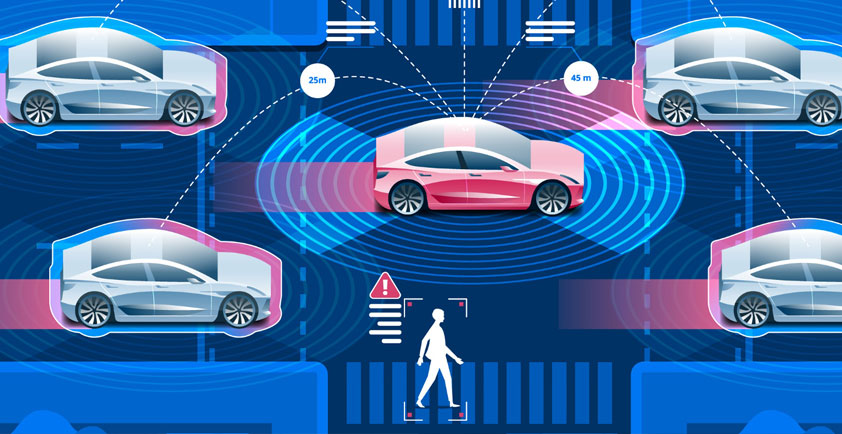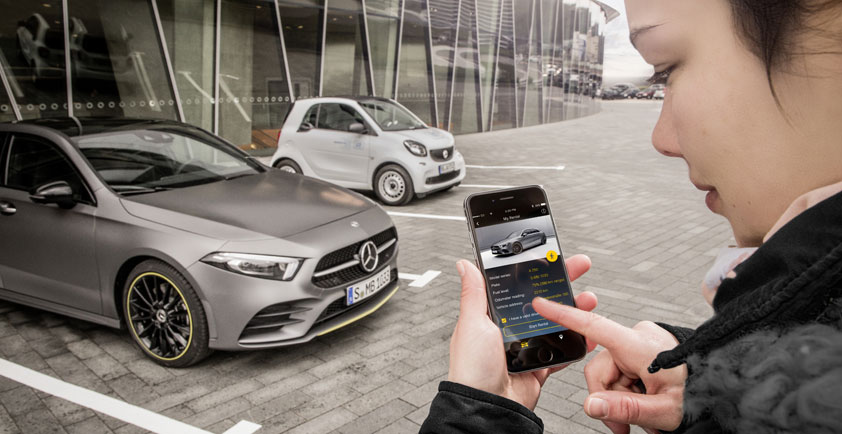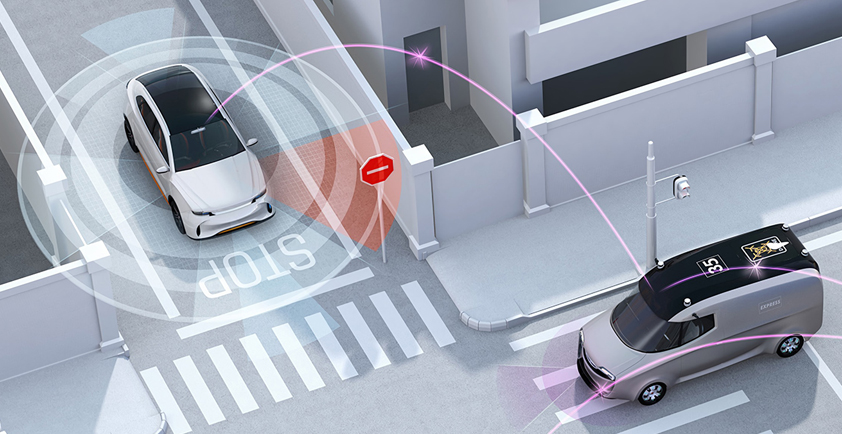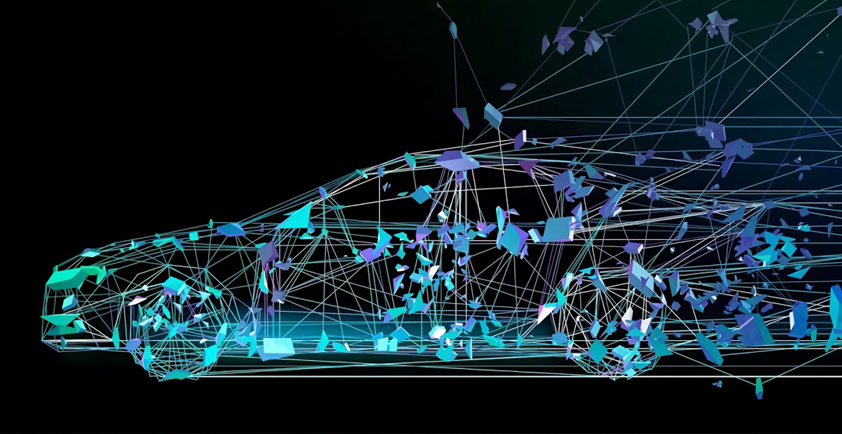

5G AND THE FUTURE OF TRANSPORT
Last week I attended one of the world’s largest events for technology innovation, Vivatech Paris, where I had the opportunity to talk about some key aspects of 5G technology and the benefits it brings to mobility use cases. But before I dive into the use cases, I am going to briefly explain what 5G is.
5G in a nutshell
You’ve probably heard about 5G’s promise to bring ultrafast internet to your smartphone via its enhanced mobile broadband feature. While this is true, this isn’t the only mode of 5G we’ll benefit from. There are two other aspects of the technology which will improve our daily lives significantly: one being critical communications where the focus is on resilience and low latency, and the other – massive IoT (or mMTC – massive machine type communications), where the focus is on optimizing battery time and device cost for sensors. Another key aspect of 5G is network slicing, which is the ability to define sub-networks within a single network, with specific quality of service for dedicated usage.
Benefits that 5G brings to transport
Before discussing what the fifth generation of mobile connectivity can bring to transportation, let’s briefly discuss what the key issues of transport in big cities are. These include traffic congestion, pollution and collisions, which can all be related. 5G can address these issues by enabling a truly Intelligent Transport System – let’s see how it can do that by specifically looking at three aspects: vehicle to vehicle, vehicle to infrastructure and multimodal transportation.
Vehicle to Infrastructure (V2I): For this aspect, 5G will enable communication between the vehicle and infrastructure such as sensors, traffic lights, cameras, drones, and others. The issue today is that the wireless technologies used by existing systems are fragmented; but 5G will not only unify the communication and provide direct low latency, but it will also enable intelligent applications which are not achievable today. For example, an experiment on smart traffic, done over existing technologies by the Carnegie Mellon University in Pittsburg in the US from several years ago, has shown a decrease in journey time by as much as 40 percent and pollutant emissions by 20 percent.
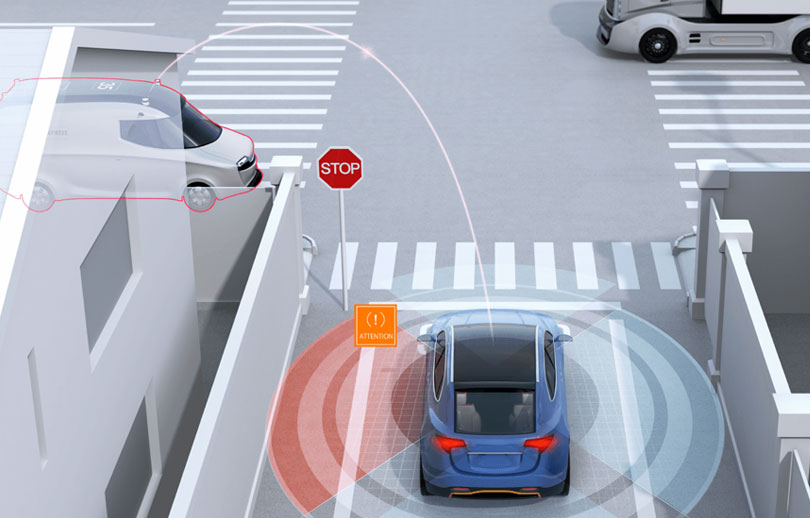
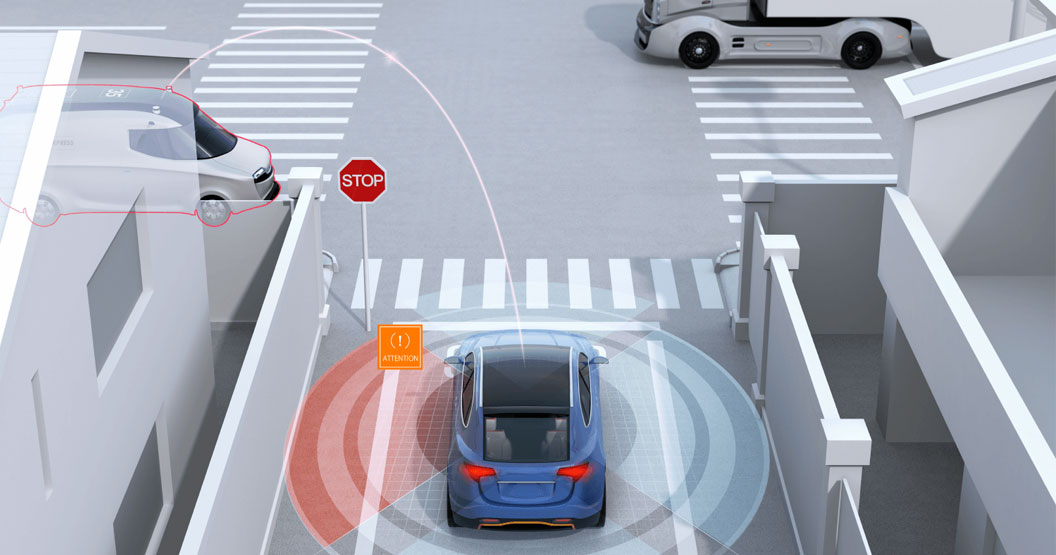
Vehicle to vehicle (V2V): 5G will enable direct communication from vehicle to vehicle, without passing through the network, to prevent traffic congestion and delays. Autonomous vehicles are capable of alerting others of change of conditions, such as collisions, weather, road incidents. This allows autonomous vehicle to drive close to each other in what is called “platoons” or a group of vehicles going in the same direction at a given time achieving an optimization of the traffic, while increasing the safety on the road.
Multimodal transportation: The idea here is to combine several ways of transportation along your journey: for example, taking a bus, then a share car then using a micro-mobility solution such as an electric bike or a scooter. The challenge lays in making a smooth transition from one mode of transport to another and making sure that registration and payment is as seamless and secure as possible. This is also called people-centric mobility. All this relates to the management of digital identities across the different systems and providers, which is currently handled separately. And, of course, it’s key that we ensure security and user privacy. We are making strides to solve this via an innovation called Trusted Digital Identities.
To conclude, 5G has a huge potential to transform the current transport systems into intelligent systems through three key drivers: standard networks, optimized communication for vehicles and interconnected digital identity systems. Being a part of Thales group, we are jointly carrying out significant work on this, but there needs to be an ecosystem of partners in order to achieve this in scale.
Author: Jean-Francois Rubon

